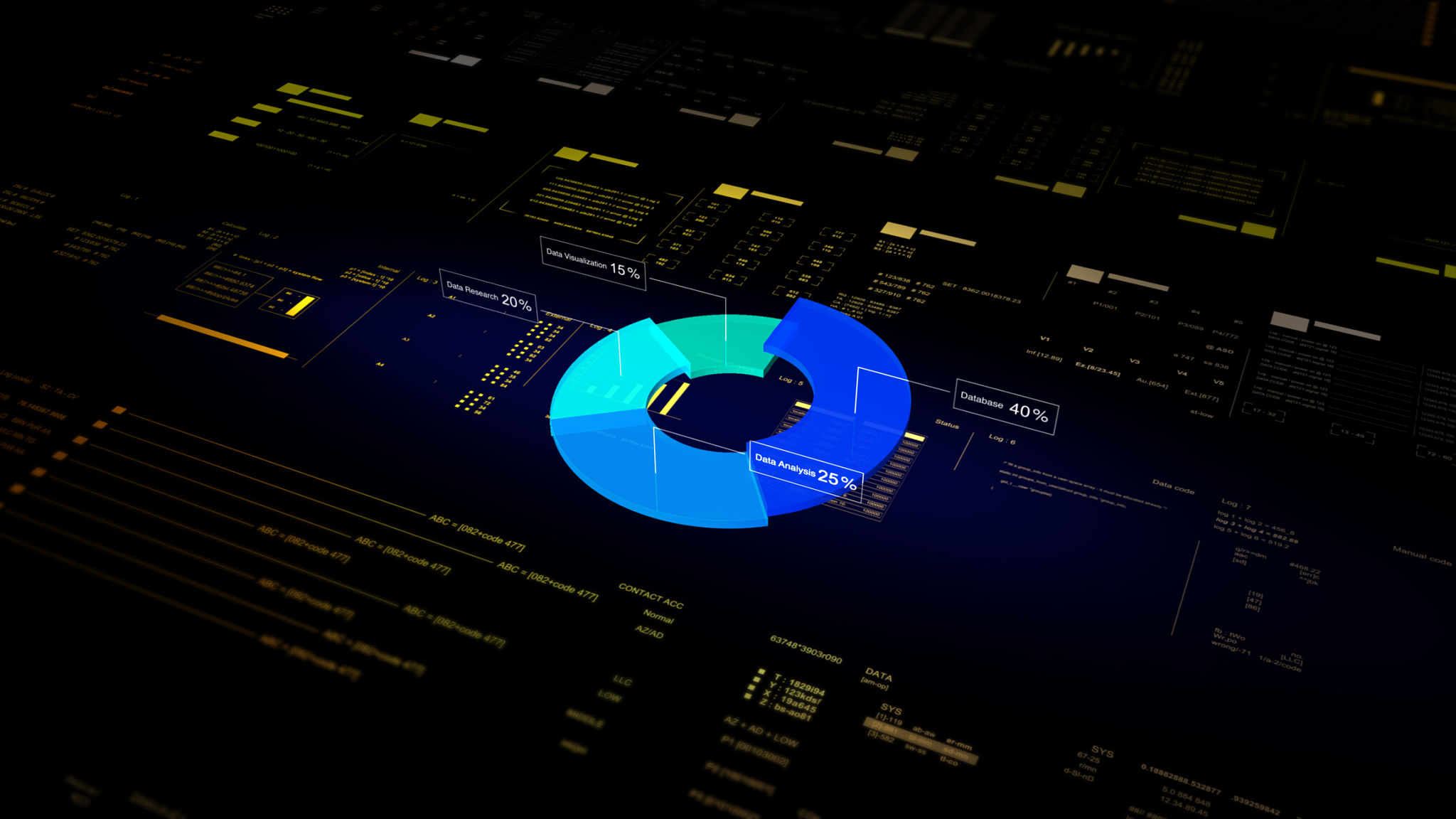Maximize Your ROI with Integrated Google Ads and Social Media Campaigns
Understanding the Power of Integrated Marketing
In today's digital landscape, leveraging multiple channels for marketing campaigns is essential to maximize return on investment (ROI). Integrating Google Ads and social media campaigns can amplify your reach, enhance targeting, and improve conversion rates. By aligning these platforms, businesses can create a cohesive marketing strategy that captures audience attention across various touchpoints.
Google Ads, with its vast network and precise targeting capabilities, can drive immediate traffic to your website. Meanwhile, social media platforms like Facebook, Instagram, and LinkedIn offer unique opportunities to engage with audiences through tailored content. When used together, these tools can create a powerful synergy, enhancing the effectiveness of your marketing efforts.

Benefits of an Integrated Approach
The integration of Google Ads with social media campaigns provides numerous advantages. It allows businesses to reinforce their message across different platforms, ensuring that potential customers encounter consistent branding and messaging. This consistency can lead to increased brand recognition and trust.
Moreover, data collected from each platform can be used to refine targeting strategies, optimize ad spend, and enhance campaign performance. By analyzing results from both Google Ads and social media, businesses can gain insights into customer behavior and preferences, enabling more informed decision-making.

Steps to Integrate Google Ads and Social Media Campaigns
To effectively integrate your campaigns, consider the following steps:
- Define Your Goals: Clearly outline what you want to achieve with your integrated campaigns, whether it's brand awareness, lead generation, or sales.
- Align Messaging: Ensure your messaging is consistent across all platforms, adapting to the nuances of each channel while maintaining a unified brand voice.
- Leverage Cross-Channel Data: Use insights from Google Ads to inform your social media strategies and vice versa. This can help in fine-tuning targeting and improving campaign outcomes.
Optimizing Your Campaigns for Maximum ROI
Once your integrated campaigns are underway, optimization becomes crucial to maximize ROI. Regularly monitor performance metrics such as click-through rates (CTR), conversion rates, and cost per acquisition (CPA) to identify areas for improvement. A/B testing different ad creatives and messaging can also provide valuable insights into what resonates with your audience.

Another effective optimization strategy is to use retargeting techniques. By targeting users who have interacted with your ads but haven't converted, you can nurture leads and increase the likelihood of conversion. Retargeting can be particularly effective on social media, where you can create engaging content to re-engage potential customers.
Measuring Success and Adjusting Strategies
Successful integration of Google Ads and social media campaigns requires ongoing measurement and adjustment. Utilize analytics tools provided by both Google and social media platforms to track your progress against defined goals. This continuous analysis will help you understand which strategies are working and which need refinement.
Finally, stay updated with the latest trends and features on both Google Ads and social media platforms. The digital marketing landscape is ever-evolving, and being adaptable is key to sustaining success and maximizing ROI over the long term.